A Forgotten Artist and A Painting Superstar
Two glowing historical novels explore two artists' lives
I recently read a historical novel about a painter I had never heard of. I read another about Claude Monet. Both artists led passionate, turbulent lives, and both make fascinating protagonists. Jude Berman’s The Vow depicts Angelica Kauffman, an eighteenth century portrait and history painter who was lionized in her time. Stephanie Cowell’s Claude & Camille is, at its core, a love story, about Monet and his model, lover, and later wife.
Both novels are "fictional biographies," that is, they chronicle the lives of historical figures using “the facts” as a starting point. Authors who write this kind of fiction typically immerse themselves in research on their subjects, but they do more than report what they find. They take the added step of imagining their subjects’ inner lives—what they thought, what they feared, what they desired. This kind of storytelling can be magical. Historical figures who are little more than names on a page become unique, layered individuals. We can see them as human beings.
Berman’s clean, elegant narrative follows Angelica Kauffman from her early career to her death in 1807 at age 66. Most of the novel unfolds in London and Rome where the artist’s circle includes Sir Joshua Reynolds and Johann Wolfgang von Goethe.
Her talent is never in doubt, and one of The Vow’s many pleasures is the author’s gift for letting readers see the world through a painter’s eyes: Kauffman continually notices the light, the colors, the planes and shadows of a sitter’s face.
Kauffman’s father encourages her endeavors, and she has many well-placed friends. But she lives in a world with rigid rules. Eighteenth century women could paint portraits—seen as a private, sheltered form of work. Men commanded the more respected field of “history painting.” Ironically, modern museum goers often sail by these grand canvases depicting dramatic moments from history, scripture, literature, and myth. Many of us prefer the life-like gazes and exquisite detail of eighteenth century portraiture. Sometimes these portraits take our breath away.
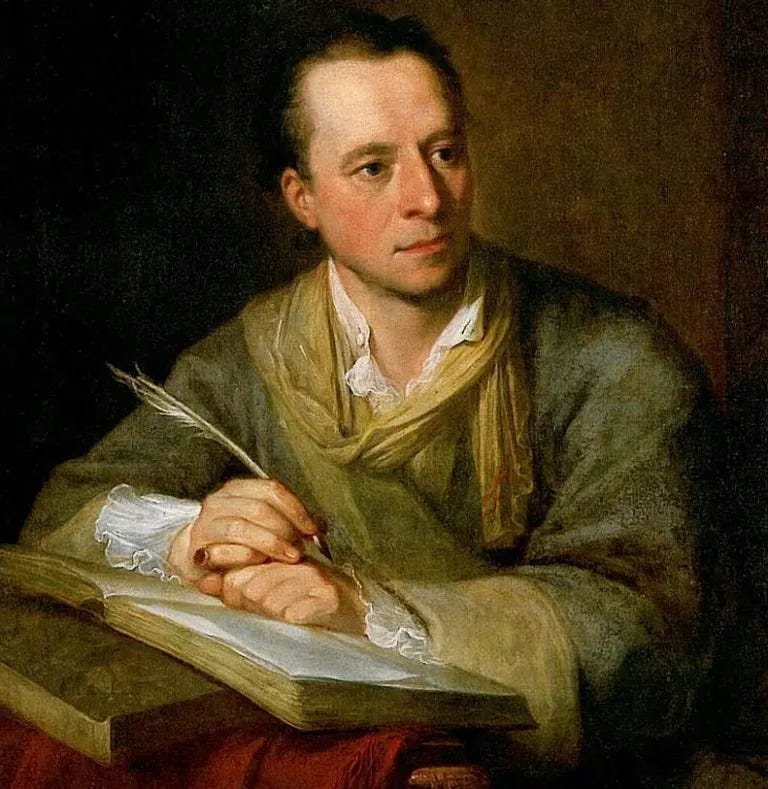
Kauffman’s most intractable challenge is the expectation that she marry and relinquish control of her career and property to a husband. She resists. She is a strong, brilliant woman striving for independence in a society ruled by men. Yet she is also searching for human connection and an ever-elusive ideal love. The men in her life disappoint her repeatedly, and I still haven’t stopped thinking about this novel’s ending. Kirkus Reviews chose The Vow as one of the best indie books of 2024.
Claude & Camille by Stephanie Cowell
When I first learned of this wonderfully addictive novel, I had an Art History 101 knowledge of Monet. I was familiar enough with him to wonder briefly if the “Camille” of the title was his fellow Impressionist Camille Pissarro. It’s not. This is Camille Doncieux, an affluent young woman who falls in love with Monet when he is unknown, long before he achieves any kind of recognition. I also knew enough about “impressionism” to remember that the term was originally derogatory—an insult slapped on now beloved paintings. I had also seen enough of Monet’s work to summon up glorious visions of light-filled color at the mere mention of his name. I knew nothing of his personal life.
Cowell’s novel opens with Monet at Giverny—the elderly artist in the midst of producing some of his most incandescent canvases. He still struggles to create art that measures up to his own demanding criteria. He is still anguished by doubts about Camille, who died years earlier. Was she unfaithful to him? Did she love him or someone else?
A fashionable snap judgment might be that Monet, a white European male, must have found success more easily than Angelica Kauffman, but this is hardly the case. Unlike Kauffman, Monet’s family provided achingly hit-or-miss support. The established art world stubbornly rejected his style. In one of the novel’s most unsettling scenes, Monet races to save his paintings from being thrown out by men who have come to evict him from his flat. He may be an artistic genius, but he can barely make ends meet. His love for Camille brings joy interlaced with piercing emotional pain.
As the novel shows, he is lucky in his friendships—with Renoir, Caillebotte, Pissarro and others. The young Impressionists share studios and bail each other out financially. They gather to celebrate and sometimes to grieve. The most mesmerizing of all of them is Monet’s closest friend, Frédéric Bazille. He is gifted and generous, and Cowell’s portrayal of him is unforgettable.
Two lives remembered
In writing this piece, I read a story about Monet’s funeral—he died in 1926 at the age of 86. During the ceremony, an admirer snatched the black cloth off his coffin saying, “No! No black for Monet!”
Though Kauffman has been largely forgotten, she was widely admired at the time of her death. Her colleagues modeled her funeral after Raphael’s—an extraordinary tribute and comparison.
As these novels show, both artists faced daunting obstacles, but their challenges were not the same. Monet battled a prevailing culture that resisted his art. He risked destitution and humiliation. In Kauffman’s case, the opposition wasn’t to her art but rather to who she was: a resourceful, free-thinking woman in a patriarchal age.
I’ll leave it to others to judge these painters’ places in art history. You could argue that Kauffman produced the type of art the Impressionists rejected decades later. Today, the Impressionists draw huge crowds to exhibitions, but some critics see their work as sentimental and culturally passé. Even so, I would happily spend an afternoon at the museum absorbed in the works of either of them.
The Vow and Claude & Camille offer readers insights that art history books and museum labels rarely match. The authors portray these artists as complex, visionary, exceptional human beings, and we get to stand beside them for a while.





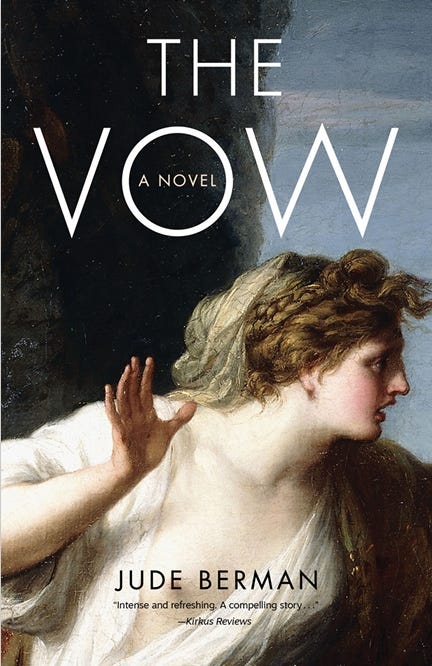
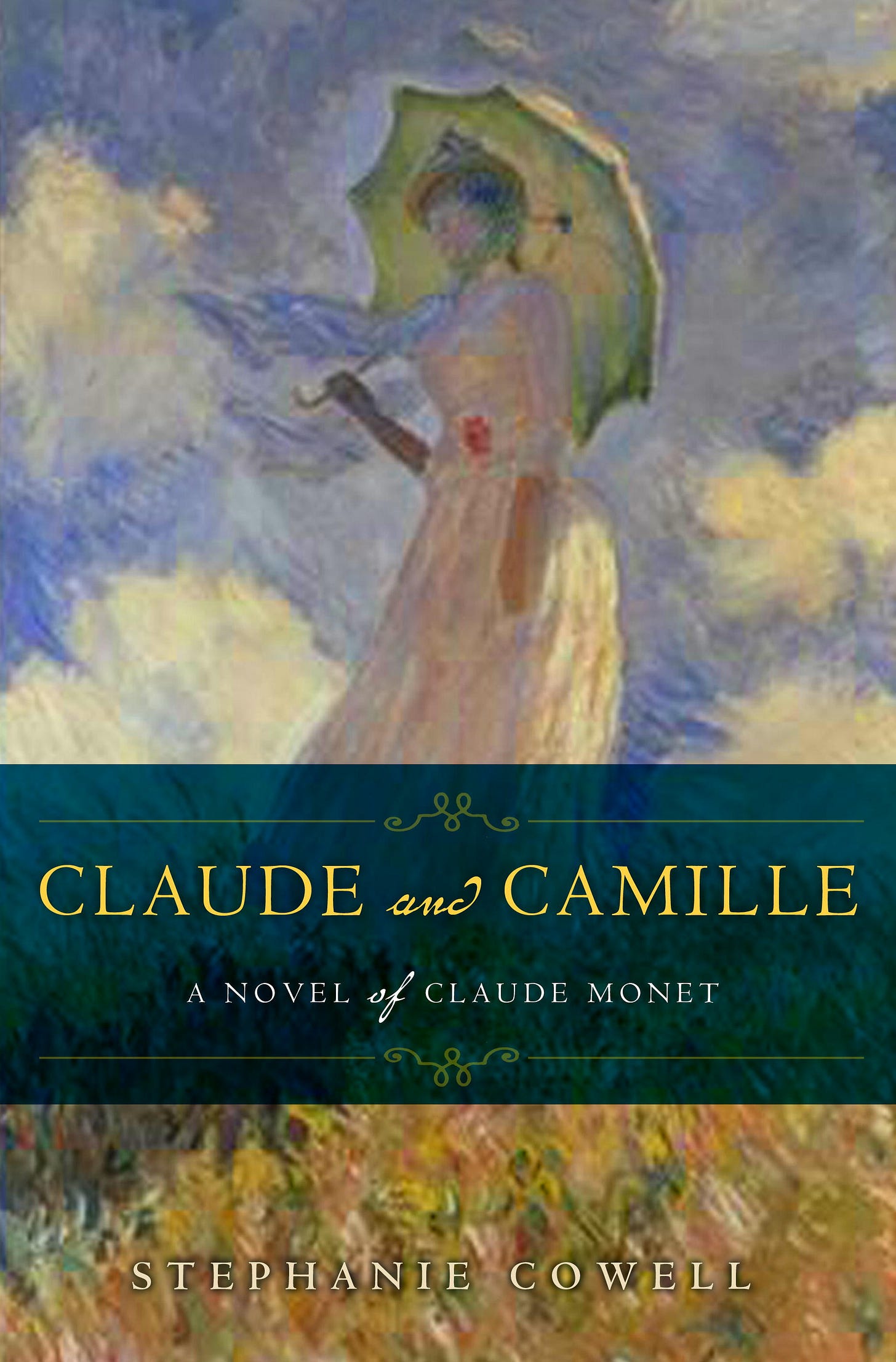
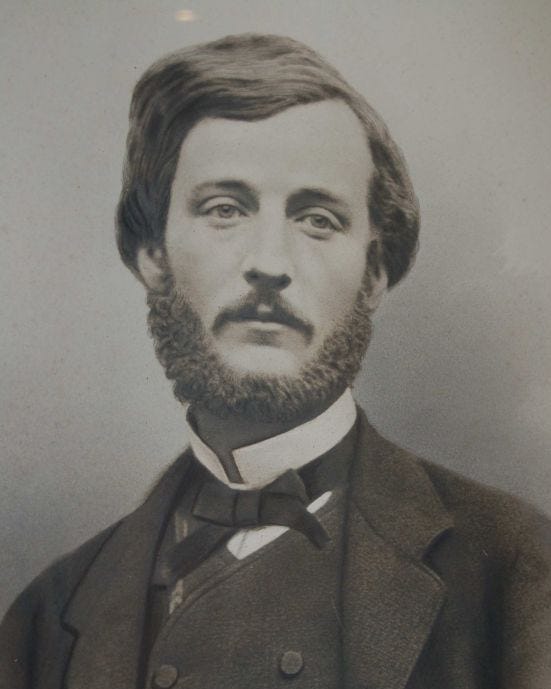
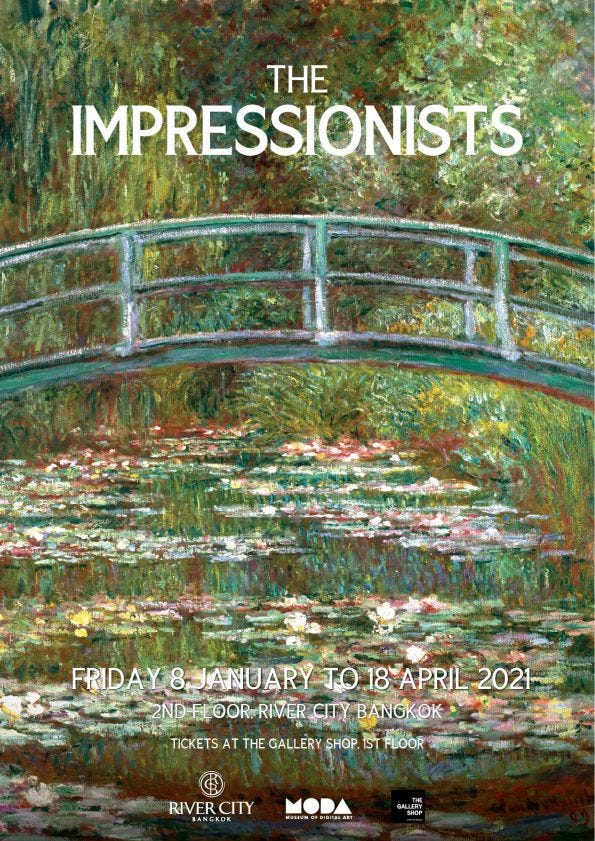
I loved Claude and Camille, and I'm reading The Vow right now. Both are awesome books!
Wonderful. I'm an impressionist enthusiast. Giverny? OMG. Musee d'Orsay, etc. But you are right - in "traditional painting," the portraits draw me. The Kauffman portrait of the archeologist is haunting (and The Vow excellent as you say.) I also read your link to Caillebotte, a painter I didn't really know. What a story. I'm saving the Bazille link for later.